I’ve had to work really hard to learn how to collaborate. Yet, my K-12 teachers always gave me A’s on my collaborative work. Why? Because I got stuff done! In fact, I often took over, doing most of the project myself. My classmates let me. And my teachers routinely stamped my report card, “works well with others.” If you are an educator, then you have known kids like me.
It wasn’t until I took a Collaborative Practices course that I realized I wasn’t collaborating at all. True collaboration, after all, means that everyone contributes, that everyone participates, that together we create something we could not have created on our own: a project, a conversation, and understanding.
What might my teachers have done instead of throwing me in a group and hoping I shared power, responsibility, and airtime with my classmates? How might they have built collaborative capacity, mine and my classmates?
Here are two strategies for developing and deepening collaborative skills that are not group projects.
1: Hexagonal thinking
Easily one of my favorite collaborative activities with kids or adults, hexagonal thinking fosters dialogue and collective meaning-making. It requires a bit of setup before the magic happens, and even then it can be hard to imagine, so let’s start with a short video of what it looks like in action.
Hexagonal thinking how to
First, identify key vocabulary and terms you want to focus on. For example:
- Characters, places, and plot points in a story
- Elements of the water cycle (or rock cycle, or life cycle)
- Historical (or current) people, places, and events
- Parts and functions of government
You can do this ahead of time or work with your participants to identify the words and terms you put on your hexagons.
Second, print and cut out your hexagons, or create your hexagons online, putting one term or phrase on each hexagon. Be sure to leave a few blank hexagons so groups can add additional terms as needed.
Third, provide a prompt or question for your groups. Instruct them that there is no one way to arrange the hexagons, their job is to make meaning together to understand the relationships between the terms. Each hexagon has six sides, and when two hexagons share a side it indicates that they are related in some way. Remind them that they can add additional terms as needed on blank hexagons.
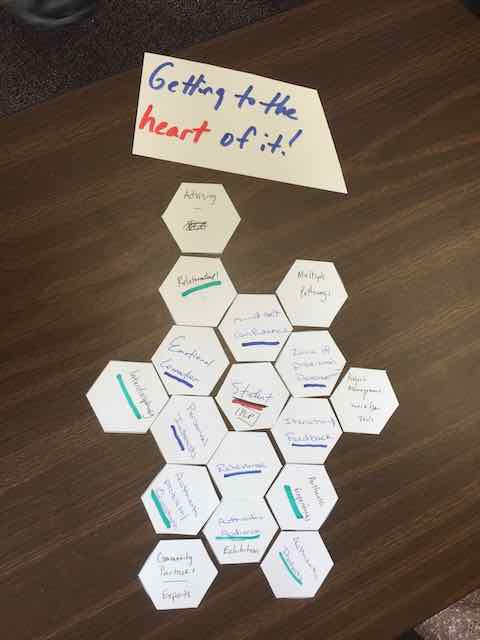
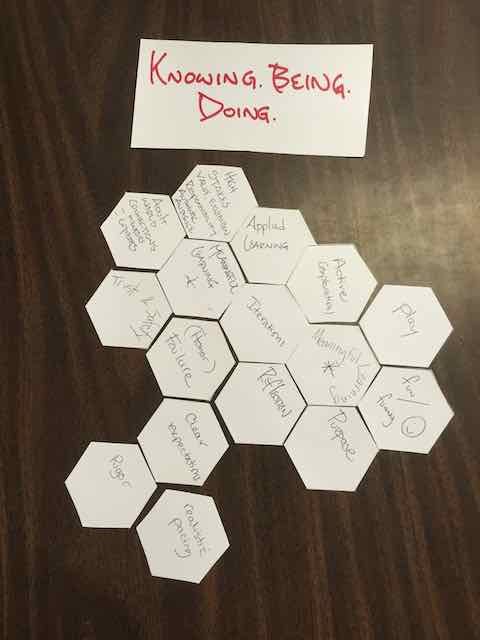
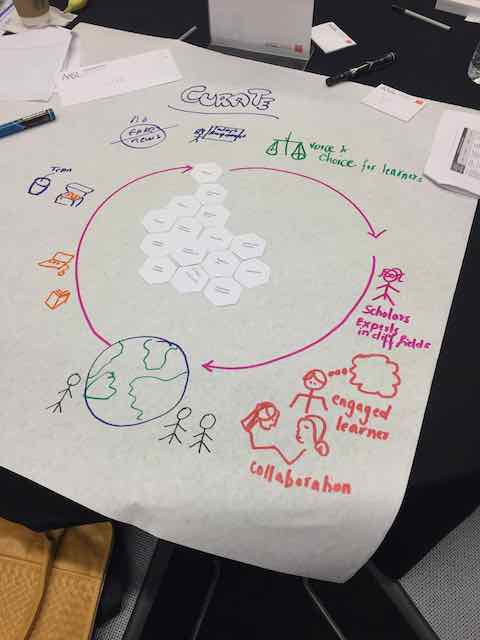
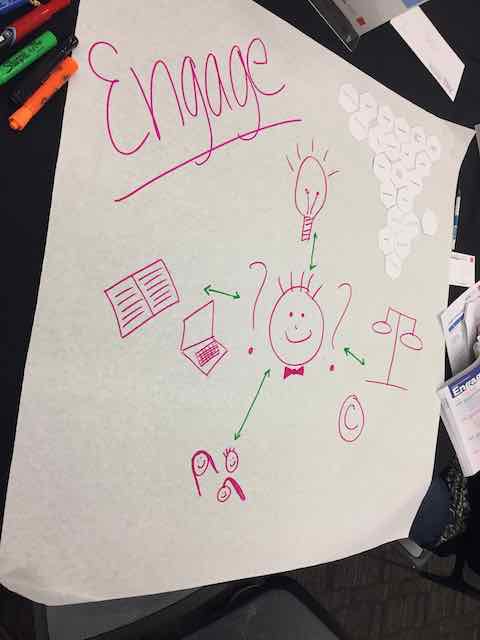
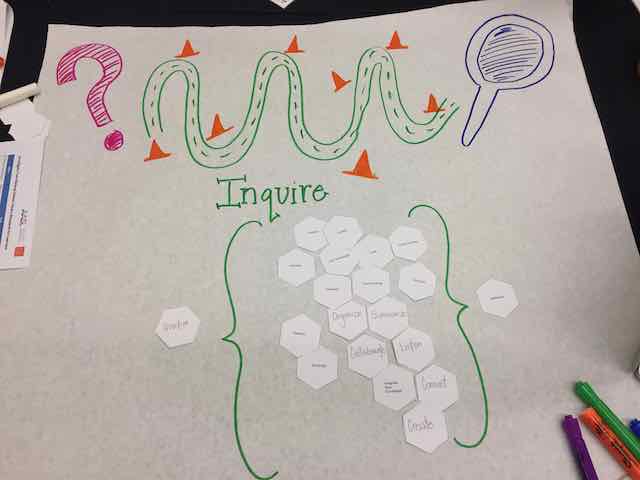
Finally, be sure to lean on your class norms or agreements to ensure that all participants have a voice in the conversation.
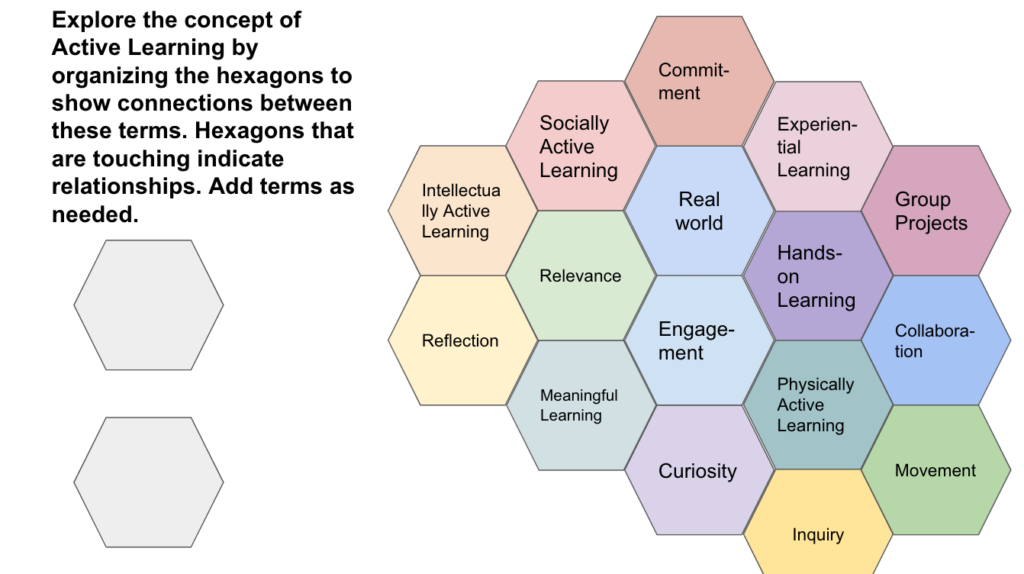
Participants work together to discuss the relationships between words, creating a visual map of the concepts. Each hexagon has six sides, limiting the number of hexagons it touches and participants must decide how the various hexagons are related to one another. Once students begin to move the hexagons around the room should buzz with conversation. As an instructor, I tend to walk around and observe, checking to make sure that everyone is participating. If a group gets quiet I ask them a question, “why did you put that hexagon there?” That prompt is usually enough to get the conversation and the hexagons moving again.
When to use hexagonal thinking
I’ve found this collaborative meaning-making to be useful in all kinds of ways. Sometimes we start a unit with vocabulary and terms and see what we already know, a kind of pre-assessment. It also comes in handy mid-unit as a kind of formative assessment: what concepts are your students understanding? What ideas and understandings require reteaching? Hexagonal thinking can also be used as students move towards summative assessment as a pre-writing strategy to organize their thoughts. I’ve even bookended an instructional unit with hexagonal thinking, giving students an opportunity to reflect on their learning.
However, you use hexagonal thinking, consider ways to capture students’ thinking:
- Snap photos of their hexagonal maps.
- Have students take videos as they share their thinking about why they arranged the hexagons the way they did.
- Encourage groups to glue their hexagons on paper and take notes on the meaning of their arrangement.
Don’t forget to debrief!
Leave time for the class to reflect on their experience. What went well? What could they have done better? Did everyone contribute to the conversation? What collaborative skills did they use? Were there things that got in the way of collaboration? How might they improve? Without this reflective conversation students may not grow their collaborative skills – this step is crucial!
2: Tiles
I learned about this collaborative strategy from Emily Rinkema and Stan Williams, authors of The Standards Based Classrom: Make Learning the Goal. It’s similar to hexagonal thinking in that groups of students move pieces of paper with key vocabulary around in order to make collective meaning and deepen their understanding. It’s also a little bit easier to prepare: slips of paper are way easier to create than are hexagons.
Tiles how to
Prepare your tiles. Either with your participants or ahead of time, identify keywords or phrases related to the topic or area of study. Put each of these words or phrases on a slip of paper, and include some blank slips of paper for additional terms that emerge during the conversation.
Do some sorting rounds. Ask your learners to sort the tiles in some way. You can give them a way to sort the tiles (such as people, places, and things) or let them create their own way to sort the tiles. Once participants have sorted the tiles, ask them to share out their method of sorting them with the class. Follow this with another sorting round, organizing the tiles in a different way.
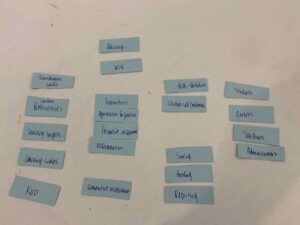
Use tiles to make meaning. Ask participants to arrange their tiles in a way that communicates their understanding. This could be a flow chart, an image, a mind map, or some other kind of representation. They might use them to outline the plot of the story, explain a phenomenon, or show a cause and effect relationship, for example.
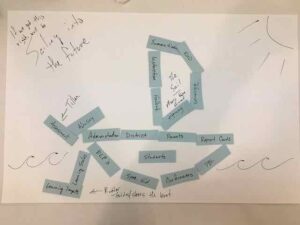
Again, take time to have groups share their thinking with their peers and learn from each other. Tiles, like their cousins the hexagons, can be used as a warm-up, formative assessment, or to prepare for summative assessment. And participants can capture and share the results using photos, videos, or glue and paper.
Finally, just like with hexagonal thinking, take time to debrief the activity and process collaborative strategies and areas for growth.
Collaboration is hard – and requires practice!
Group projects are great ways to leverage collaboration in the classroom, but students need to learn and practice collaborative skills in smaller ways in order to leverage them in larger ways. How do you prepare your students to collaborate?


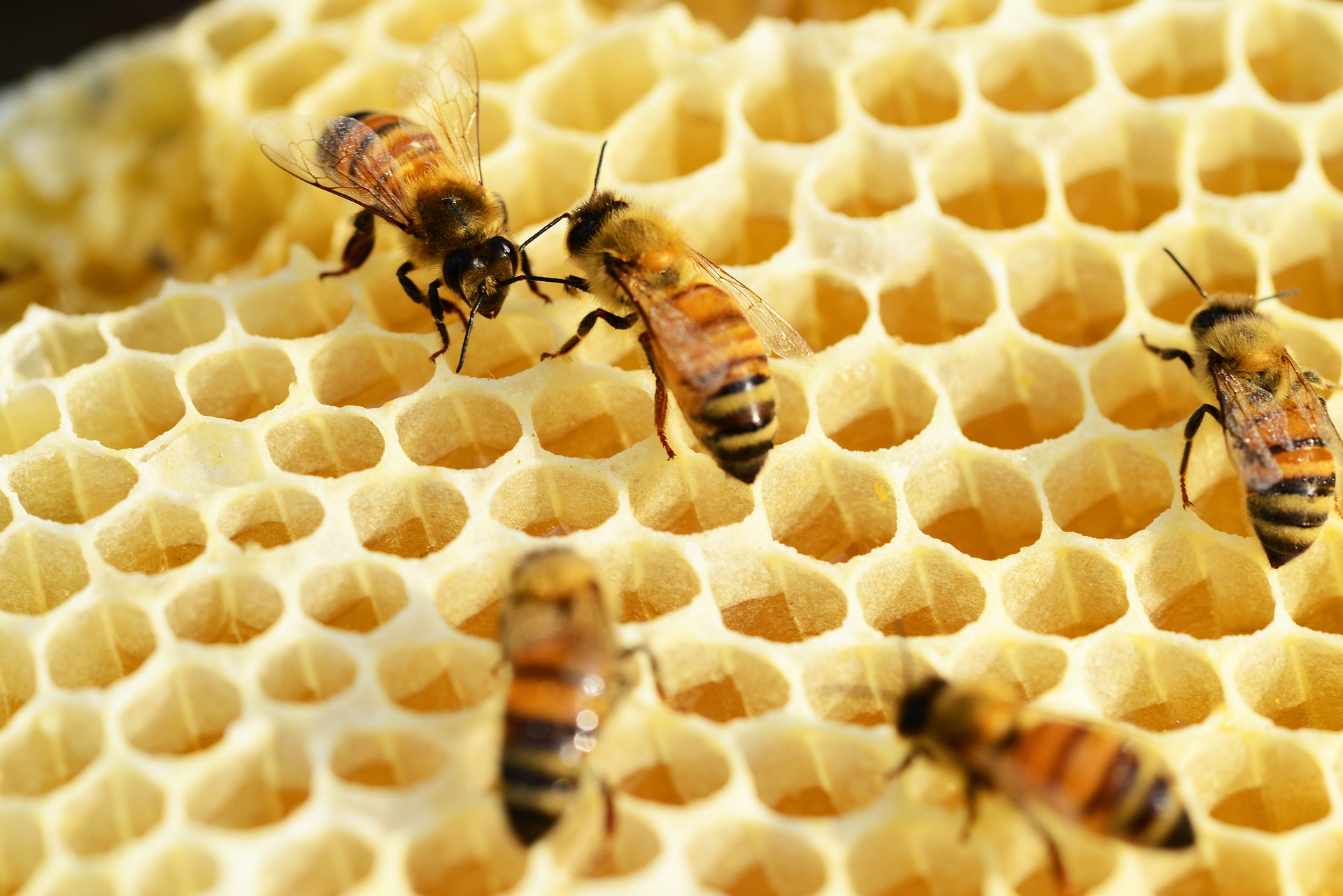
It’s an amazing blog post, and it is really helpful as well.
Great information joy & hope and peace all is so nice advice for us, thanks for sharing it give us the first opportunity to visit this website along with you. I think you should write an article about Paper Jewelry Boxes Manufacturer this will be very helpful.
Great information joy & hope and peace all is so nice advice for us, thanks for sharing it give us the first opportunity to visit this website along with you. I think you should write an article about wood eyewear manufacturers this will be very helpful.
Strategies for Fostering Student Collaboration” explores effective methods to encourage teamwork and cooperative learning in the classroom. From group projects and peer reviews to digital tools and structured activities, this guide offers practical tips to promote communication, problem-solving, and collective success among students.